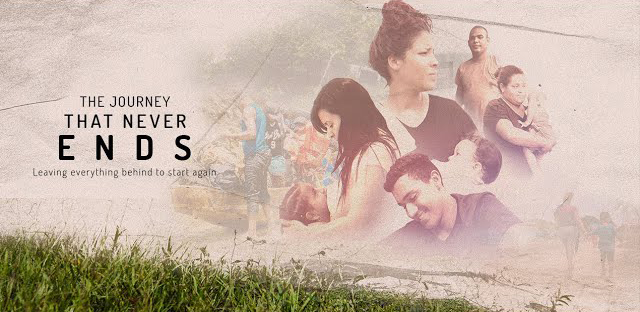Interview
Medtronic reinvents surgical training for a new era
The medical device giant is continuing to evolve its surgical training provision, as reported by Ross Law, to chime with the dynamism necessary for modern surgical training.
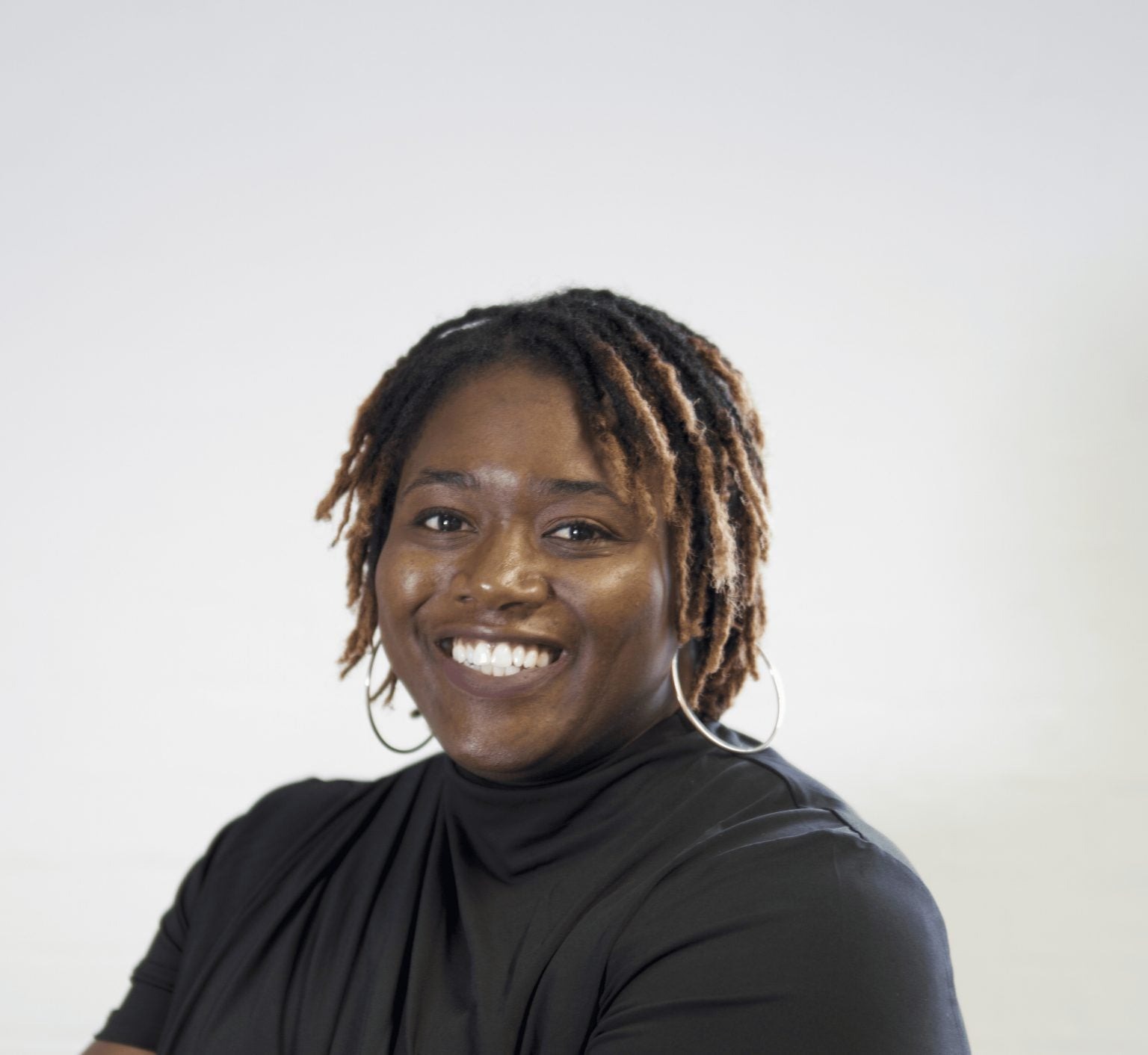
Orleigh Bogle, Medtronic’s head of medical affairs for digital surgery.
In April 2024, Medtronic expanded its Touch Surgery Ecosystem (TSE) in April 2024 by launching the Live Stream function in the training app. The broad aim of the release was to enhance and democratise surgical education on a global scale, removing barriers to training such as geographic location.
Medtronic has long believed surgical training was ripe for a rethink, and that static, textbook-based learning procedures were no longer sufficient in a world where surgeons need to continually evolve and fine tune their expertise during the course of their practice.
And with the company’s plans to submit a market approval application on its Hugo robot with the US Food and Drug Administration (FDA) in the first quarter of 2025, the is also in the process of building out its training provision for the robotic-assisted surgery (RAS) system.
Medical Device Network sat down with Orleigh Bogle, Medtronic’s head of medical affairs for digital surgery, to learn more about the motivations behind the company’s launch of TSE and its current focal areas.
Ross Law: What makes surgical training ripe for a rethink?
Orleigh Bogle: Those undertaking surgical training are different than past generations and are in pursuit of digital tools and technologies to help them provide the best possible care for their patients.
At Medtronic, we have tried to look at the different stages where a surgeon will need to learn throughout their career because surgical practice and education isn’t static; it’s dynamic and requires continuous learning systems.
With our Touch Surgery simulations (part of the company’s broader Touch Surgery app), we’ve tried to digitise traditional textbook learning and make it more accessible. Everyone has a phone nowadays, so the next stage of this has been to utilise surgical video and make it accessible to anyone who would like to learn.
Surgical video is probably one of the richest data that we have in healthcare today, and we have taken steps to make it easier for surgeons and their teams to not only understand their surgical process, but also develop a culture where they can share best practices among each other.
Our Touch Surgery Live Stream platform allows surgeons to connect in two simple taps. They can dial in a colleague to obtain their feedback or get their support – and all of this based on the premise that learning is not just where you are; folks don’t have to be in the same room.
Also, when we talk about rethinking medical education or surgical training, there is a paradigm shift in how learners are assessed. With the promise of artificial intelligence (AI) and large dataset computing, we can now utilise data to understand who we are teaching, and how we can assess students with different challenges.
Ross Law: How is Medtronic using data to advance training processes?
Orleigh Bogle: With our Touch Surgery performance insights, the idea is to use data and AI to help develop objective assessments that allow us to develop personalised training programmes. Someone may have challenges with suturing, while another may be good at suturing but have difficulties with stapling. Therefore, it wouldn’t make sense for such individuals, as with a traditional training approach, to be part of the same training programme, given their skills and weaknesses are different.
We believe that by personalising training programmes, we can accelerate the learning curve and have surgeons, potentially, ready to go earlier in contrast to traditional ways of learning.
With our simulations, it becomes a case of making surgery and learning best practices accessible to everyone, while using Performance Insights as an objective way to assess performance. That’s how, through digital solutions, we believe that the current surgical training landscape can be improved upon.
Ross Law: What is the overall rationale behind Medtronic’s suite of Performance Insights algorithms?
Orleigh Bogle: With Performance Insights, our focus is to provide surgeons back with information, to help them extract objective information. We are not assessing performance. The goal is to provide surgeons with information, and with that information, they are able to evaluate their own performance, identify where there are opportunities for improvement, or they could share and discuss with their proctors how best they could recommend for them to improve.
Ross Law: Discuss the role Medtronic’s Touch Surgery app plays in helping democratise surgical training.
Orleigh Bogle: Our app teaches learners how to safely perform different surgeries. This is not a replacement for medical school but is essentially a cognitive rehearsal tool. We’ve worked with NGOs and hospitals globally to develop a training curriculum that is specific to lower middle-income countries. And the evidence from our approach reflects that training surgeons in this way proves more effective. Learners retain the information for longer, and we also see that there is clear transferability of skills in comparison to traditional training models like textbooks.
Our Touch Surgery app is best suited to surgeons earlier on in their learning curve. Now, if we shift to touch surgery video, as learners progress through their experience level, they need to progress into seeing more diverse cases. Depending on where learners live and the typical demographics of their patients, they may not get to see certain diseases or pathologies. With surgical video, learners are able to observe different surgical techniques and understand the different patient habitus that they may not necessarily see. In Japan, they’re not necessarily an obese country, so if surgeons there want to learn from different patients, they could review videos from, for example, the US.
Ross Law: In what other ways does Medtronic’s app help with training procedures?
Orleigh Bogle: Live Stream, a product that is part of our Touch Surgery app, was released last year and is having a big impact on a global scale, especially with regard to Hugo, our robotic assisted surgery (RAS) system. Hugo was released in certain countries first, so you have a rich population of surgeons in Western Europe who are very experienced in its use.
The question became, how do we share this knowledge without taking time out of their busy schedules with surgeons in other countries that now are slowly building up their robotic programmes? Taking countries from South America, for example, and connecting those surgeons with those that are in Western Europe, we are actively building out that connectivity and knowledge sharing provision.
For the Hugo simulator via the Touch Surgery app, there are cognitive and technical tasks that’ll allow surgeons to practice the likes of hand movements and different tasks like suturing and stapling. We have different components that we already provide to Hugo customers, and our plan is to continue adding new simulation modules as Hugo gets more indications moving forward.
When thinking about democratising surgical training as a whole, we’re fundamentally trying to make surgeons better for their patients. Everyone deserves access to the best possible surgical care, irrespective of where they were born or how their surgeon has been trained. We are making this possible through our app and the likes of our Touch Surgery simulations, which are available for everyone to learn, rehearse, and understand the most up to date, best surgical techniques that are out there.
GlobalData’s business fundamentals senior analyst Ophelia Chan says: “Oncology continued to dominate as the leading therapeutic area for IPOs this year, highlighted by CG Oncology’s $437m upsized IPO—the largest and first of the year. The company’s robust clinical data and ability to secure substantial capital have contributed to its strong performance in 2024.”
After a quiet summer, the IPO market reached full swing in autumn when Bicara Therapeutics, Zenas BioPharma, and MBX Biosciences all opened on the NASDAQ on the same Friday in September. The ‘triple-header event’ saw the three companies pull in over $700m combined. It was no surprise that the surge in activity came after the Federal Reserve’s decision to lower interest rates for the first time in years, ushering in a more inviting funding environment. This fruitful month was a stark contrast to August, which saw a significant global stock market dip amid fears of a US recession.
In June, Telix Pharmaceuticals – an emerging player in the fast-growing radiopharmaceutical space – pulled a last-minute plug on its IPO. The Australian company had been planning to list on NASDAQ and was on course to raise $232m – a value that would have placed it high on the list of biotech IPO sizes this year. Telix cited that its board did not move forward with the plans due to market conditions at the time.
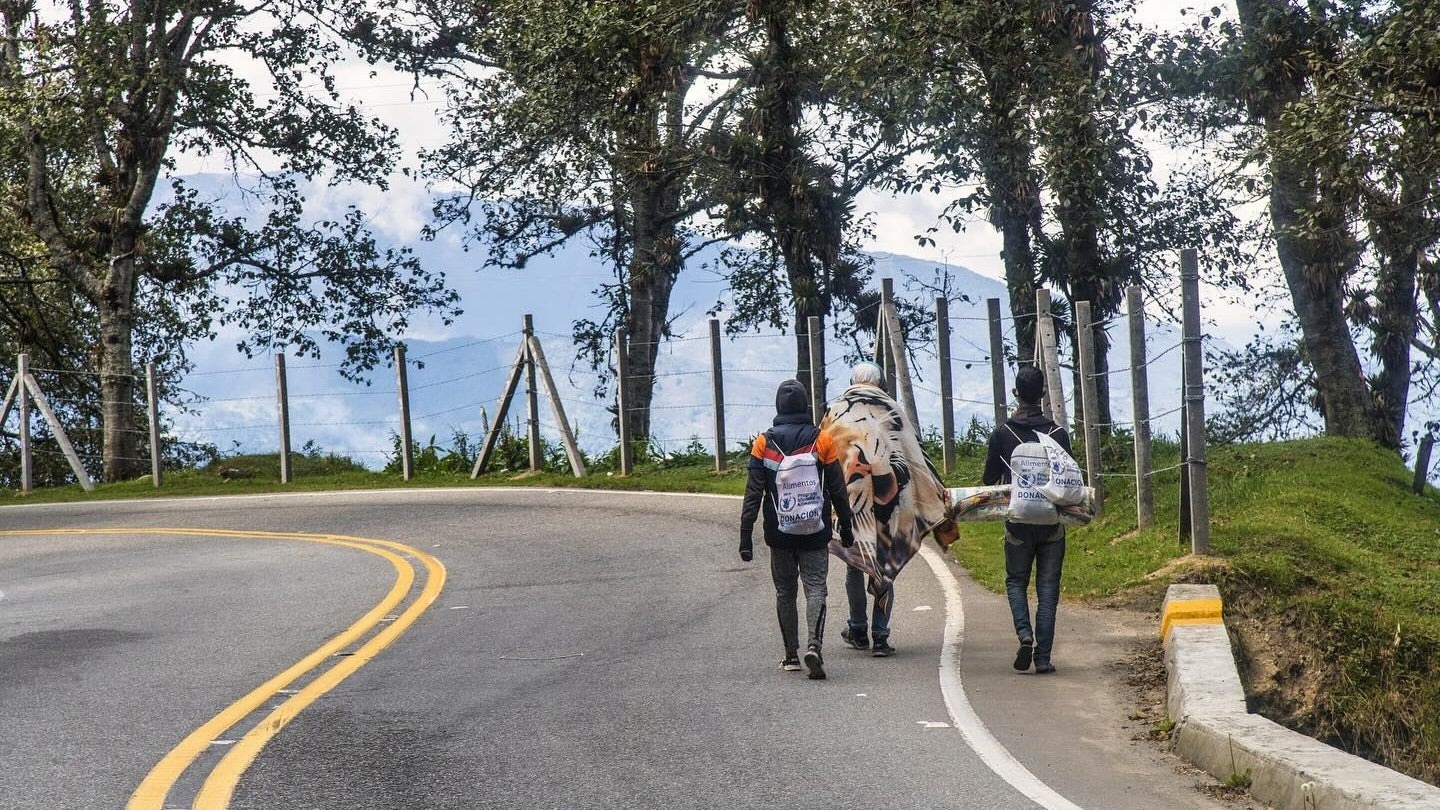
On The Ground International assists Venezuelan caminantes (pictured) between Pamplona and La Laguna, Santander, Colombia. Credit: On The Ground International / Facebook
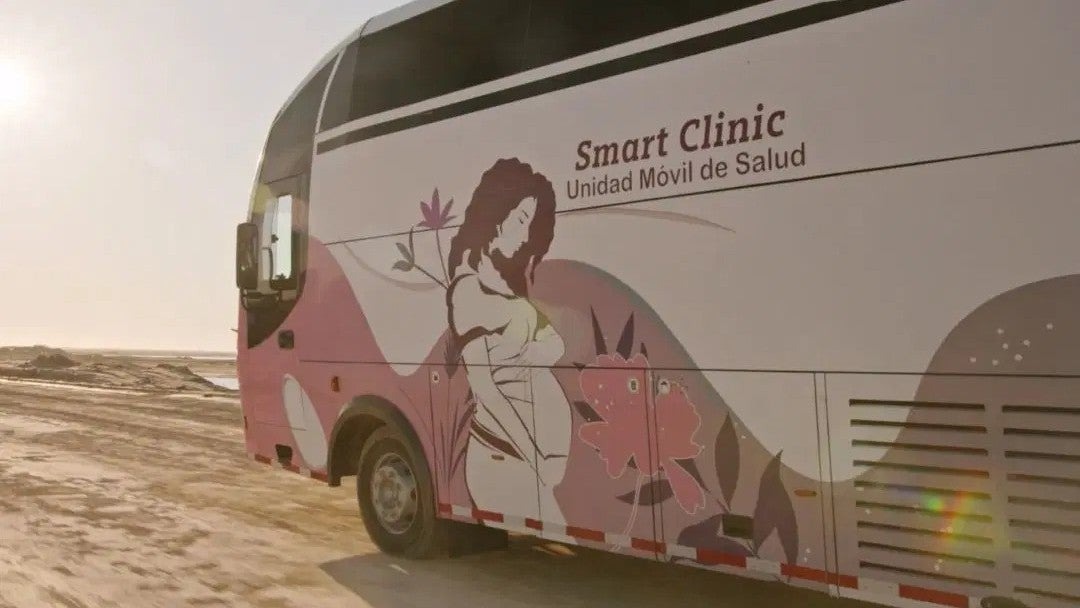
The Smart Clinic in La Guajira, Colombia. Credit: Siemens Healthineers
Numb feet, bleeding legs and dehydrated bodies mark their journeys – not to mention infectious diseases and psychological trauma. Studies have identified outbreaks of measles, diphtheria and malaria across Venezuela, while tuberculosis, typhoid and HIV, are also resurgent.
Caption. Credit:
Once we see where those changes are, we can plan where we’re going to cut the bone.
Dr Lattanza
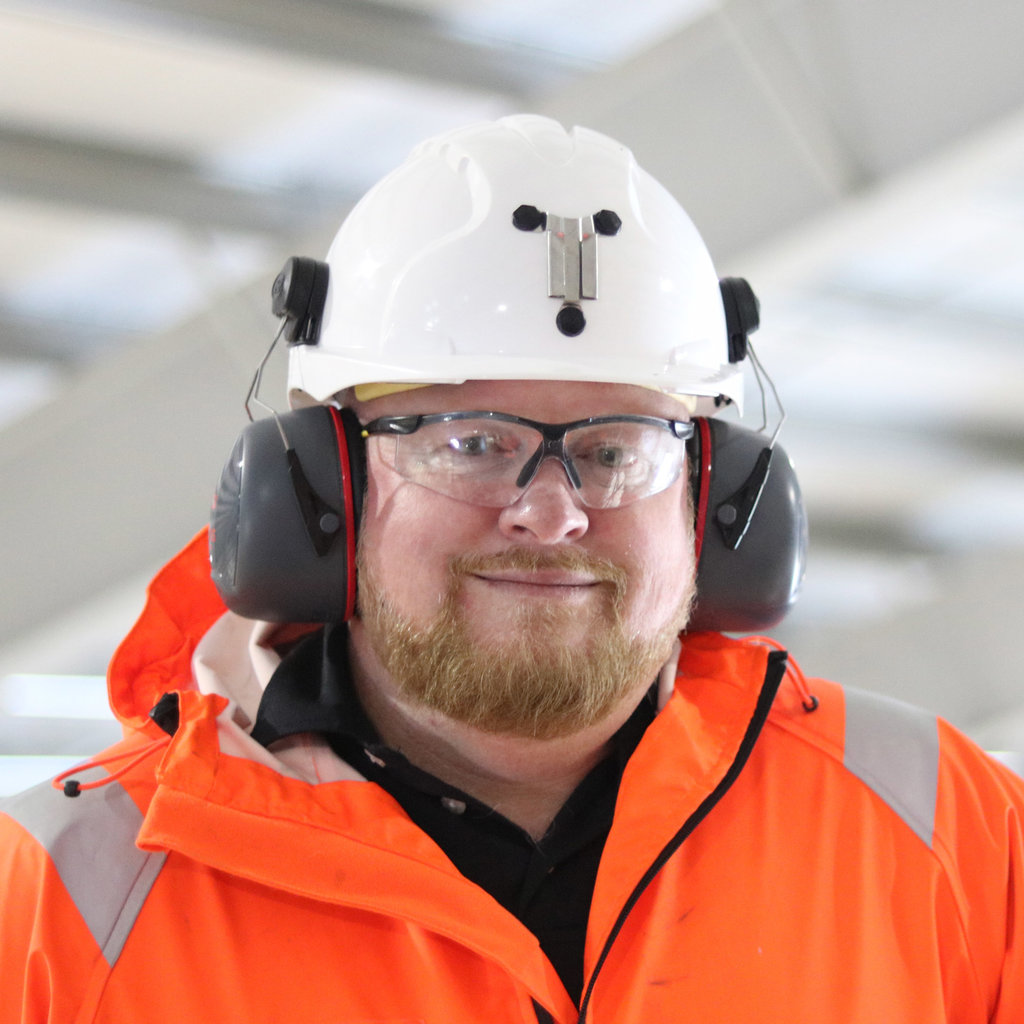
Phillip Day. Credit: Scotgold Resources
Total annual production
Australia could be one of the main beneficiaries of this dramatic increase in demand, where private companies and local governments alike are eager to expand the country’s nascent rare earths production. In 2021, Australia produced the fourth-most rare earths in the world. It’s total annual production of 19,958 tonnes remains significantly less than the mammoth 152,407 tonnes produced by China, but a dramatic improvement over the 1,995 tonnes produced domestically in 2011.
The dominance of China in the rare earths space has also encouraged other countries, notably the US, to look further afield for rare earth deposits to diversify their supply of the increasingly vital minerals. With the US eager to ringfence rare earth production within its allies as part of the Inflation Reduction Act, including potentially allowing the Department of Defense to invest in Australian rare earths, there could be an unexpected windfall for Australian rare earths producers.
